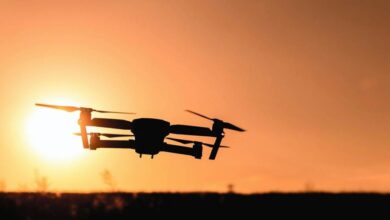Apps for people with disabilities
Mobile applications were created to make the use of technology more friendly and enjoyable

The Adecco Foundation and Keysight Technologies published in its report ‘Technology and Disability’ that 60% of people with some type of disability would use both technology and specific mobile applications. Thanks to its use and accessibility, their quality of life has improved and provided better tools to develop adequately in work and social environments. Likewise, the World Health Organization (WHO) considers that there are around 800 million people with disabilities in the world and that access to technology must be present in order to build an egalitarian society.
From the number previously given by the WHO, individuals suffer from vision, hearing, physical disabilities, and some type of intellectual disability. New technologies are a factor of social inclusion and are considered an important tool for development, in addition to strengthening ethical, cultural, social, and economic criteria.
The apps against discrimination
On a report made by the National University of Mexico (UNAM), the new information and communication technologies (ICT) have as ultimate goal the offering of an optimal and friendly accessibility to mobile devices and computers, incorporating elements, applications and innovations that favor the inclusion and acquisition of new knowledge for those who, in their eagerness to learn, seek to make the world see that thanks to the new digital age the only disability that exists is opposing to change.
App store and Google Play have and offer in their market countless of applications for their users; among the most used or popular apps are:
Accesibility: This app comes as a response to the need for spaces and places accessible to people with reduced mobility. It reports the actual location and the distance from one point to another.
Google Talkback: Facilitates the access and consultation of the mobile phone by voice and vibration response for visually impaired people.
Cermi Complaints: Works as a reporting mechanism when the rights for people with disabilities are violated or violated.
DiLo: Communicator that allows the user to use adjustable phrases to their circumstances and their routines.
Latin American Post | Sebastian Muñoz Rodríguez
Copy edited by Susana Cicchetto





